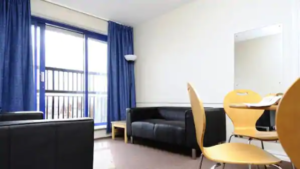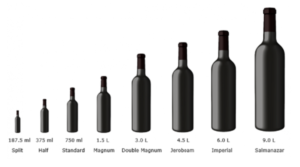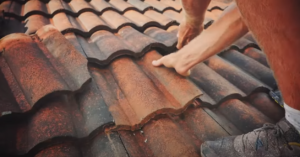Safety barrier: Quality safety items made of high strength material
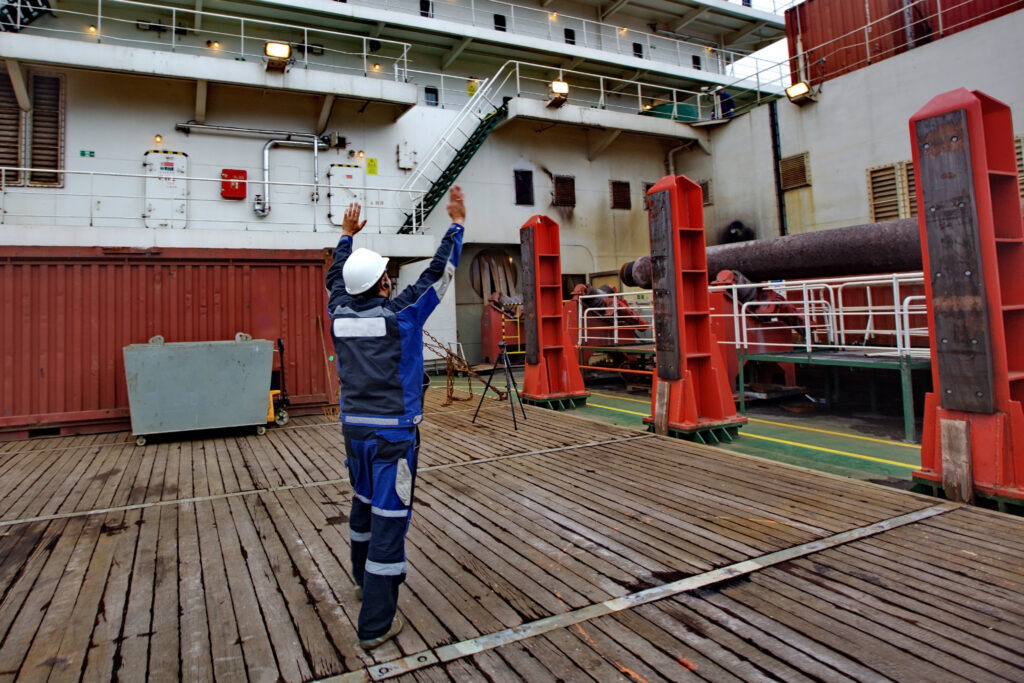
There are several types of safety barriers. Each of them has its own characteristics and advantages that must be considered when choosing. The safety barrier is used in many enterprises to provide reliable protection against unwanted intrusion.
I- type
Usually, the bar is made of a galvanized steel profile, the cross-section of which does not exceed 39 by 40 millimeters, and the wall thickness is usually 2 millimeters. It has a hot zinc corrosion-resistant coating. It was usually installed as a spiral or flat safety barrier.
V-type
The bar is made of the same material, with the same section and wall thickness of 2 millimeters. This type is used only for installing a spiral safety barrier.
L-type
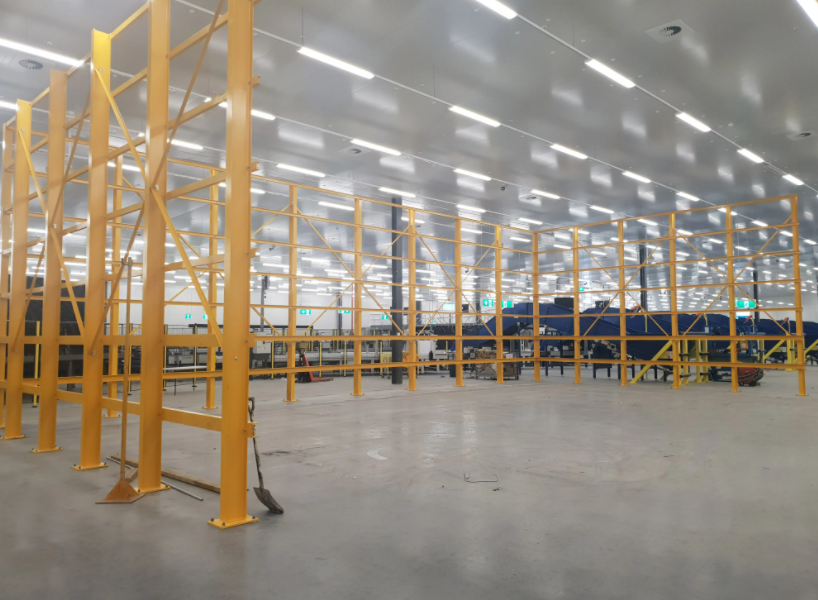
For manufacturing, the same type of material is used. The section and wall thickness does not differ from the previous version. Suitable for installing flat and canopy safety barriers.
Flat safety barrier
To create the canvas, a reinforced barbed tape with turns is used. Fasten them with equidistant staples. The length of the bay, as a rule, does not exceed 10 meters.
Special security barrier
In this case, we are talking about a reinforced barbed tape. To fasten the turns, metal staples are used at equidistant points.
The more turns, the higher the protective properties. The number of ligaments also affects this. The length of the bay also does not exceed 10 meters.
Reinforced barbed tape
The tape is made of steel, it is single, not spiral. Bay length – ten meters
Galvanized wire
It is used to install SPP or PBB. To acquire it, it is necessary to do special calculations, that is, one kilogram of wire is required for one coil of the spiral barrier.
The cost of various types varies markedly, each of them has its own characteristics and advantages. You need to make a choice depending on your needs and preferences. The cost is different, but it is definitely not worth saving on material.
3 new items to protect racks, forklifts, and warehouse personnel
A modern warehouse is a complex system of interaction between goods, equipment, machinery, and personnel. For the smooth functioning of the system, it is necessary to maintain a high level of fire-fighting equipment, burglar alarms, video surveillance, access control, and protection of personnel and equipment.
How to make the warehouse safe for staff and equipment?
Two common warehouse issues that we would like to address in this article are injuries to warehouse workers and damage to racks by forklifts.
1) A warehouse worker constantly has to carry and lift heavy loads, manage complex traumatic equipment. Often workers are injured by not following safety precautions. For example, there may be ledges or rungs in a warehouse that can cause head injury if hit. We propose to protect the corners of such protrusions with foam corner protection:
Lightweight corner bumper
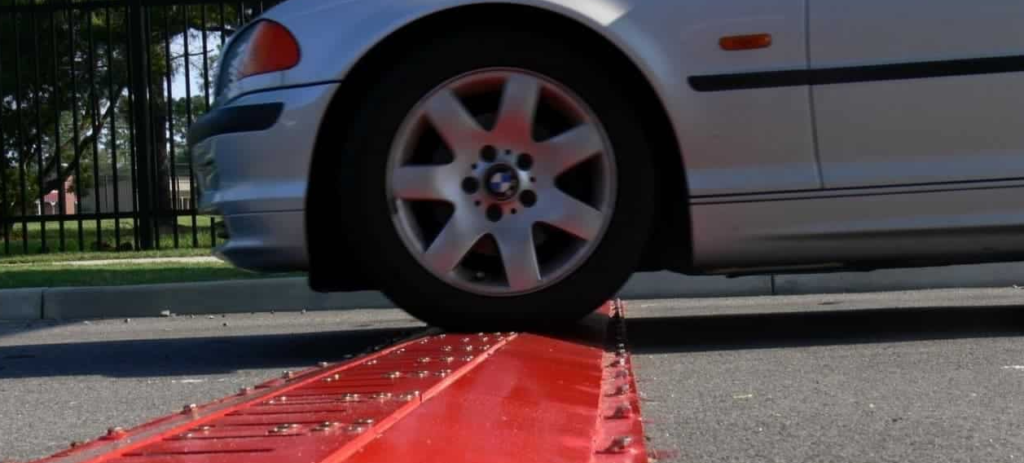
The lightweight polyurethane foam corner bumper works well. A 1 meter long corner bumper strip can be attached to a rack or wall with double-sided tape.
In addition to these fenders, we recommend installing protective wall and upright bumpers made of polyurethane foam.
Lightweight bumper
Lightweight wall bumpers 1 meter long and 2 cm thick are attached to the wall with double-sided tape. They increase the visibility of dangerous areas and protect against damage in a collision.
2) Often, warehouse employees using a forklift can run into a rack, jam or even demolish it. This results in both equipment and cargo damage. To improve the visibility of hazardous areas and reduce the risk of collisions, we recommend using bumpers to protect the racking posts.
Bumpers for shelving
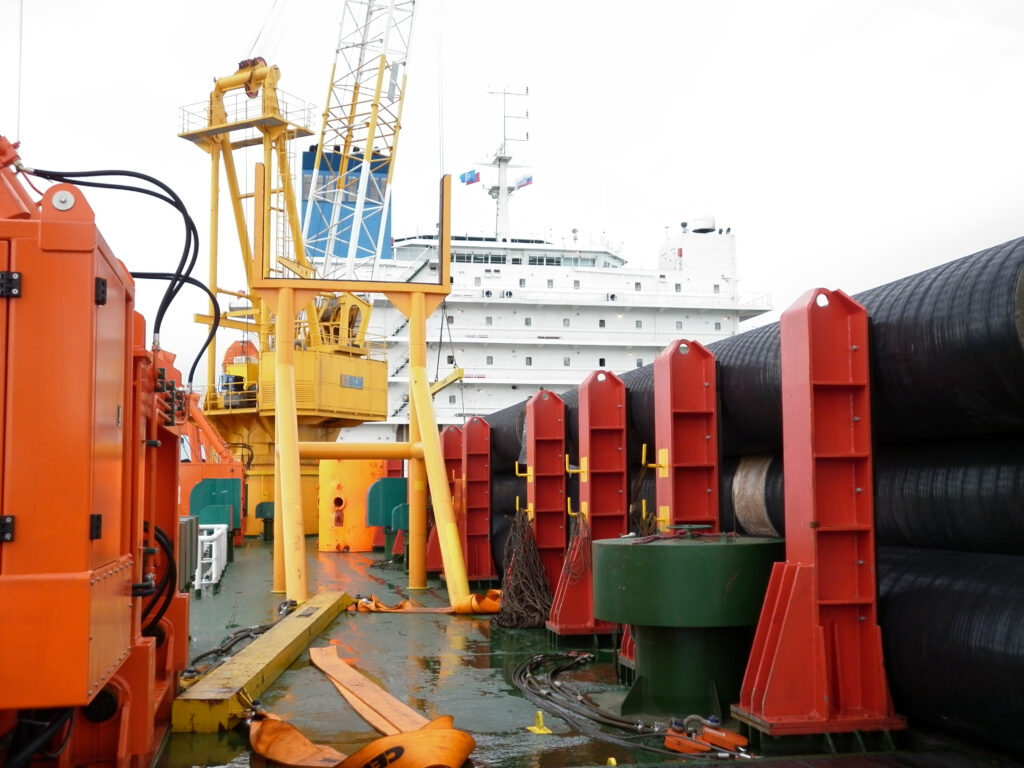
Bumpers for racks with a height of 450mm are made of low-density polyethylene and weigh only 1kg and are attached to the uprights with Velcro straps.
Use spherical safety mirrors in addition to bumpers at dangerous intersections.
Sometimes forklifts cause injury to warehouse workers. If you apply markings that indicate areas for different types of work, then it will become a visual guide for staff. And it guarantees the unambiguity of the interpretation of any situation.
To summarize, labor protection is primarily the task of warehouse management. The consequences of injury and property damage can be dire. Thus, a safety barrier at the warehouse is not only a necessary necessity but also insurance against possible losses.
Another article on this blog that might interests you:

